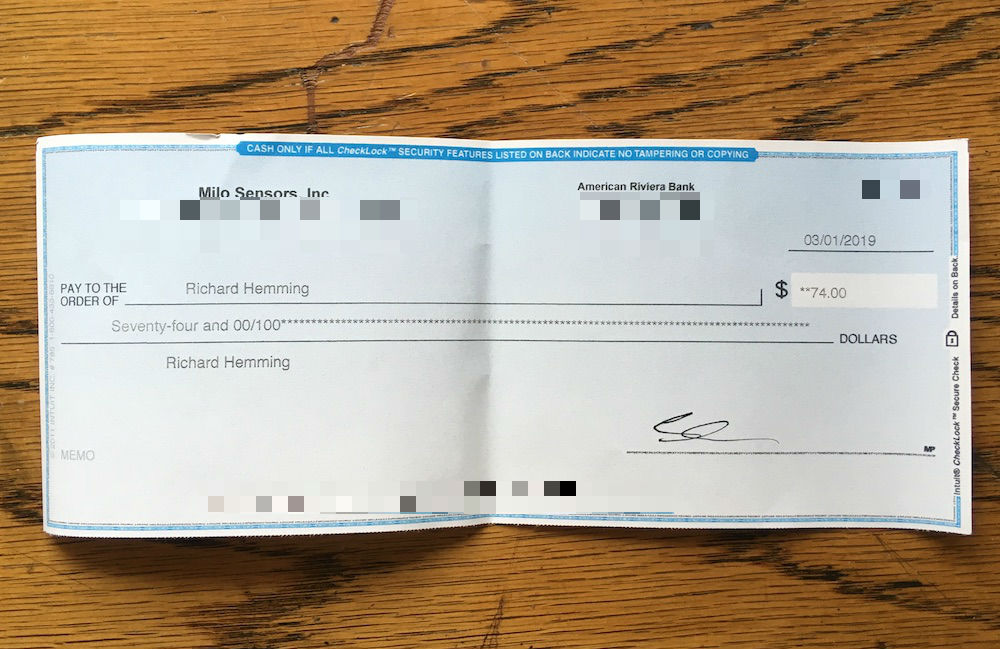Wearable alcohol sensors just got less likely
In 2016 and 2017, two companies were developing a wearable sensor that could calculate the level of alcohol in your system. At the time, I wrote about Skyn and Proof because they present two potentially serious implications for the wine industry.
The first is that having a discreet way of measuring alcohol intake could change people’s drinking behaviour. Every existing method of accurately measuring alcohol intake is seriously flawed, but if it was possible to get a live reading of the alcohol in our bodies, it seems likely that would decrease overall consumption.
The second is that it’s conceivable that these devices could influence how and where alcohol can be purchased - for example, by needing to prove your sobriety when buying drinks at a bar. This is perhaps an extreme scenario, but it remains a theoretical possibility - especially given the anti-alcohol rhetoric that has become so prevalent in recent years.
This week, I received a cheque for $74 from Milo Sensors - the manufacturers of Proof. It turns out that the IndieGogo campaign I bought into has been refunded, and that Milo Sensors have ‘recently pivoted out of the consumer space, and we are now pursuing exciting applications for our technology in enterprise and research.’
However, this doesn’t explain the fact that they seem to have rebranded Proof as Ion, which looks very much like a consumer-facing product. The technology behind both products is identical: a sensor can analyse body sweat and estimate alcohol intake. Continuous measurements are sent to a smartphone, which gives a real-time reading as well as historical data - as their website explains.
However, this report casts doubt on the current viability of this technology. While it is apparently possible to measure alcohol content via sweat, and that this level correlates to blood alcohol concentration, the technology it relies on is at a very early stage of development - although it is reported that there is significant interest from big corporations around the world in making this technology a reality.
It is evidently still some years off, but if wearable alcohol monitoring becomes a reality, the wine trade should be ready for everything that implies.


